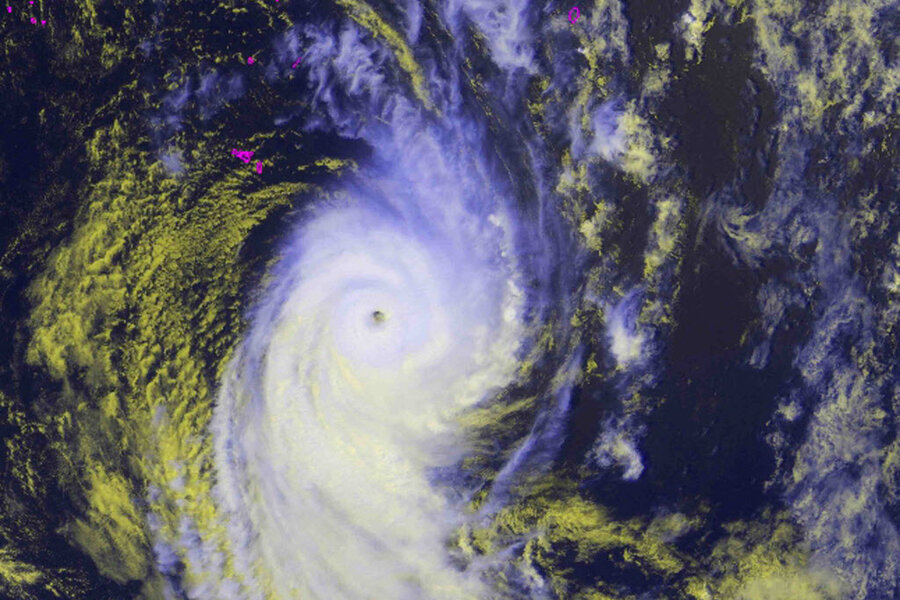Tonga slammed by Category 5 cyclone, 1 killed
Loading...
| Nuku'alofa, Tonga
Authorities were searching Tonga's remote islands for cyclone victims Sunday after a powerful storm cut a swath of destruction through this South Pacific archipelago, killing one person and destroying most of the homes in some areas.
Relief efforts following Saturday's cyclone were concentrating on the Ha'apai islands — one of Tonga's three island groups between the main island of Tongatapu in the south and the Vava'u islands to the north, Tonga's Director of Emergencies Leveni Aho said.
Cyclone Ian hit Tonga with gusts of up to 178 miles per hour. The storm was later downgraded from Category 5 — the most destructive level — to Category 4, with gusts of up to 155 mph. On Sunday, the cyclone was tracking southeast away from Tonga.
Two navy patrol boats carrying tarpaulins, tents and other emergency supplies left Tongatapu to bring help to victims who were cut off in the Ha'apai islands.
Authorities have been unable to make telephone contact with 23 islands, which account for most of the inhabited islands in the Ha'apai group, Aho said.
"The patrol boats are still out there, going from island to island to scout for information," he said.
The Ha'apai islands are home to 8,000 people, most of whom live on the devastated islands of Lifuka, where the person died, and Foa.
Aho said the fatality was an elderly woman, but he did not have details on how she died.
He estimated that hundreds of people on the two islands were taking shelter in church buildings that were being used as evacuation centers.
A New Zealand air force P3 Orion plane made a surveillance flight over the disaster area on Sunday, taking pictures showing the extent of the damage.
"Some places have very extensive damage — up to 80 percent of the houses have been totally wiped out," Aho said. "There is much more damage on the ground than we anticipated before."
He said there were several injuries, and that local medical facilities could manage them. He said there were no reports of survivors with life-threatening injuries.
Tongan authorities will further assess the damage before considering asking for international help, Aho said.
Aho said storm damage to the Tongatapu and Vava'u island groups was slight.
The weather was fine Sunday, but rough seas were hampering the patrol boats' relief mission, he said.
Tonga is an archipelago of 176 islands, 36 of which are inhabited by more than 100,000 people. Its economy relies on fish exports, tourism and remittances from Tongan communities overseas, with about 40 percent of the population living in poverty.







